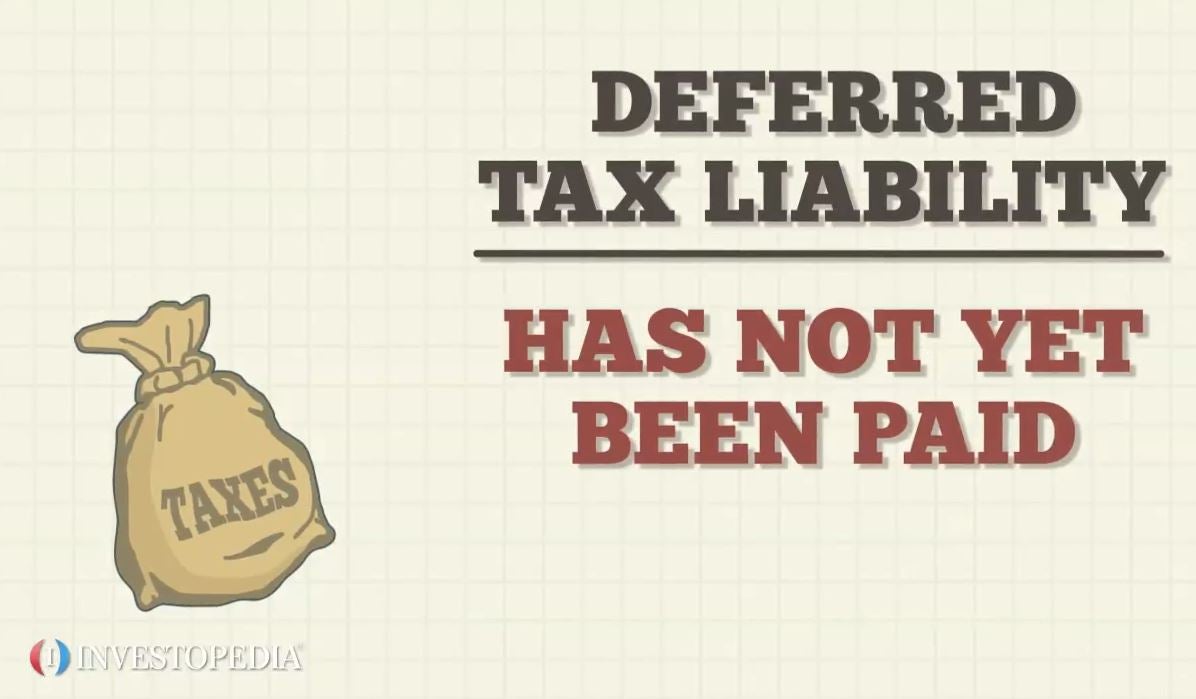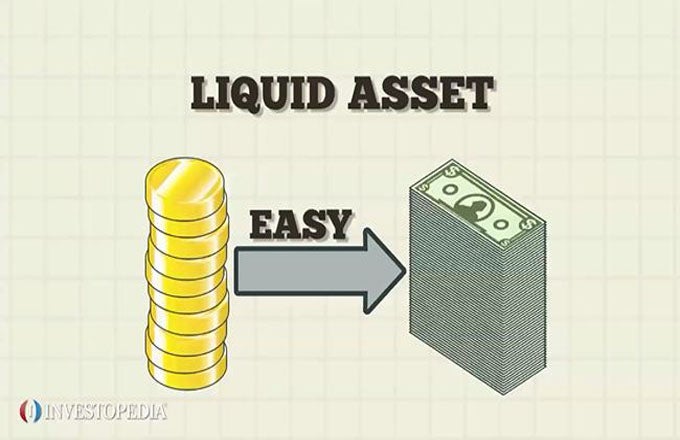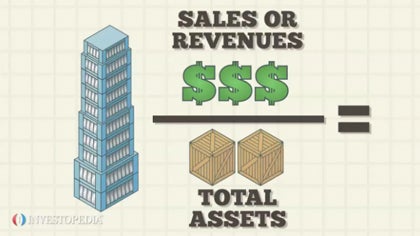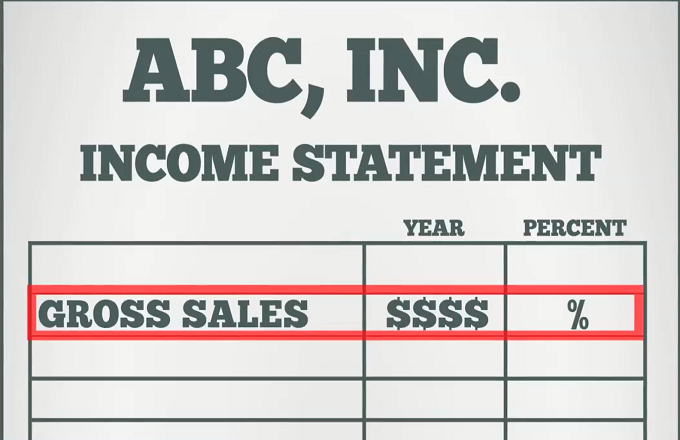A Deferred Tax Asset is an asset on a company’s balance sheet that may be used to reduce taxable income. It is the opposite of a deferred tax liability, which describes something that will increase income tax. Both are found on the balance sheet under Current Assets.When recorded income taxes payable are higher than the income taxes paid to the government, a deferred tax asset is created. Some of the top reasons why tax assets are needed include: Revenues are recognized in one period for tax purposes and in a different period for accounting purposes. Some assets have a different tax base for governmental agencies compared to accounting practices. The company paid too much tax, and deserves some money returned. Losses or expenses are recognized in the income statement before they are recognized by the respective tax authority. Blue Print Inc, a manufacturing printer company, uses the IFRS accounting principle. They recognize $10 million in revenue and $9 million in expenses, leaving them with $1 million of profit. From the $9 million in expenses, $8 million are from cost of goods sold and $1 million from probable future warranties and returns expenses. Because tax authorities usually do not allow companies to deduct expenses based on future costs, Blue Print Inc is required to pay taxes based on a profit of $2 million ($10 million - $8 million) without taking into account the $1 million in warranties. The difference of the amount paid in taxes to the government and the amount recorded in the financial statements is considered a deferred tax asset.





